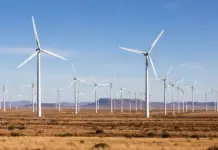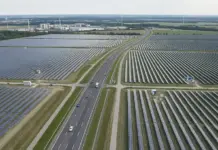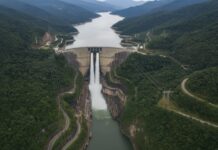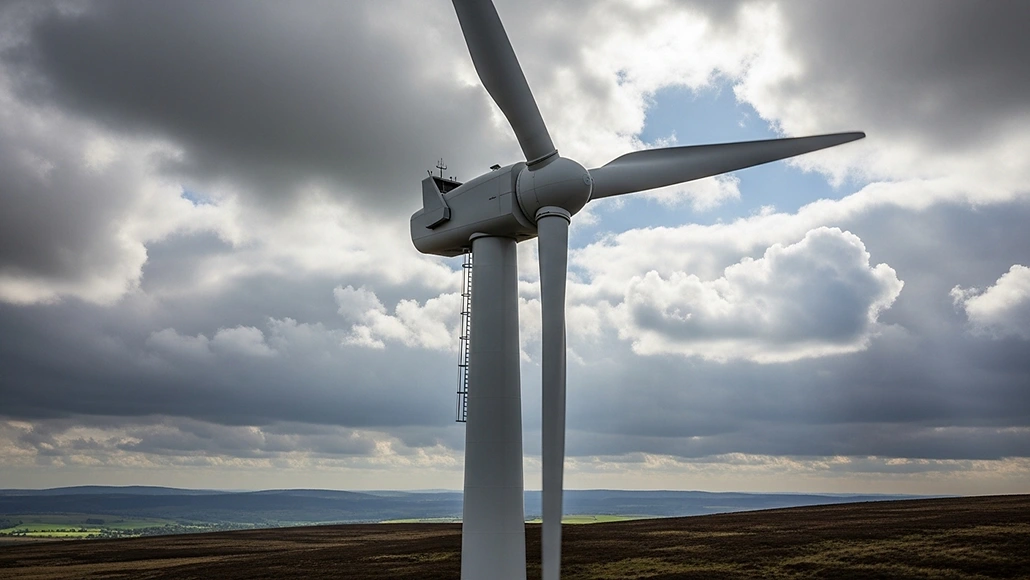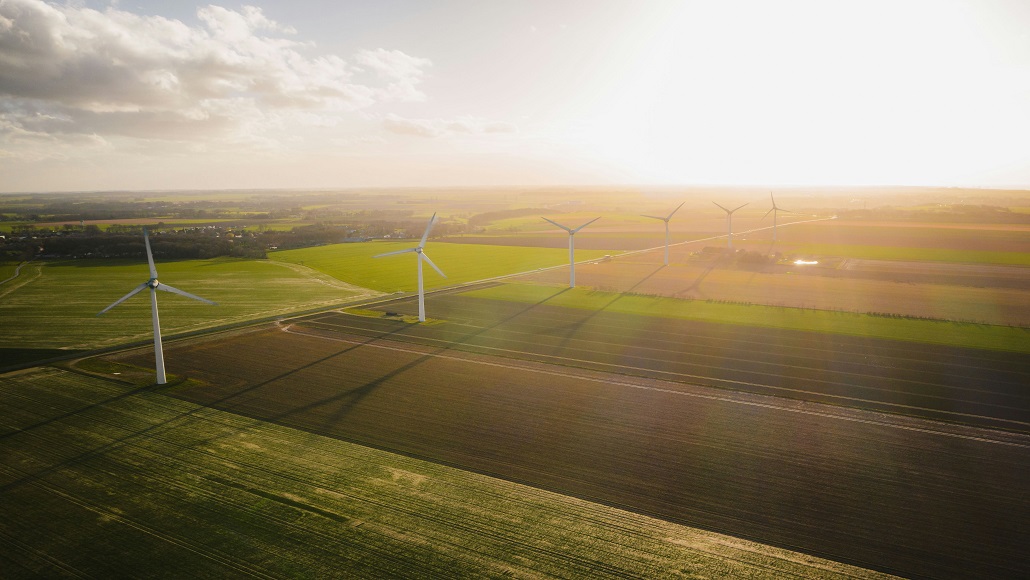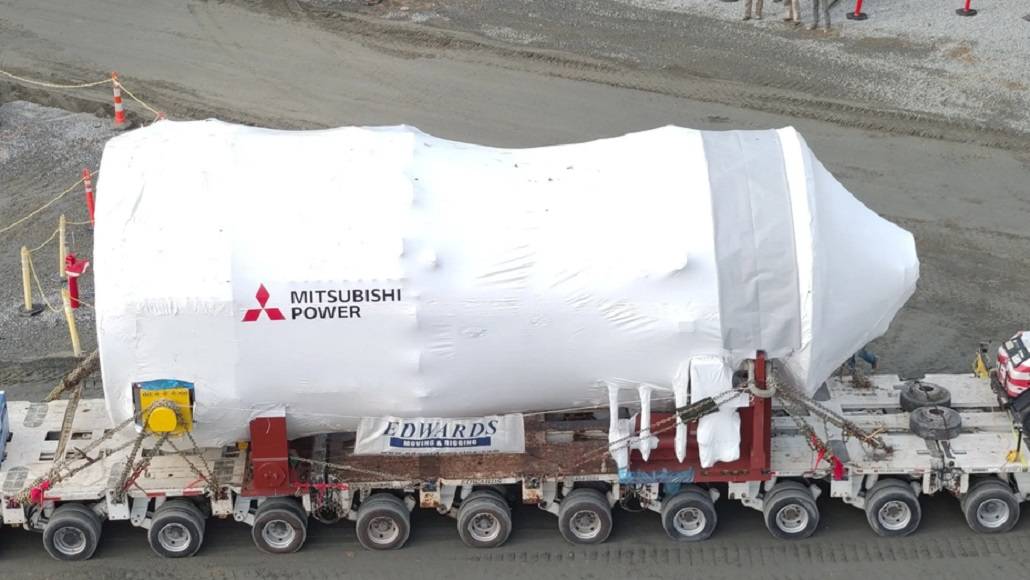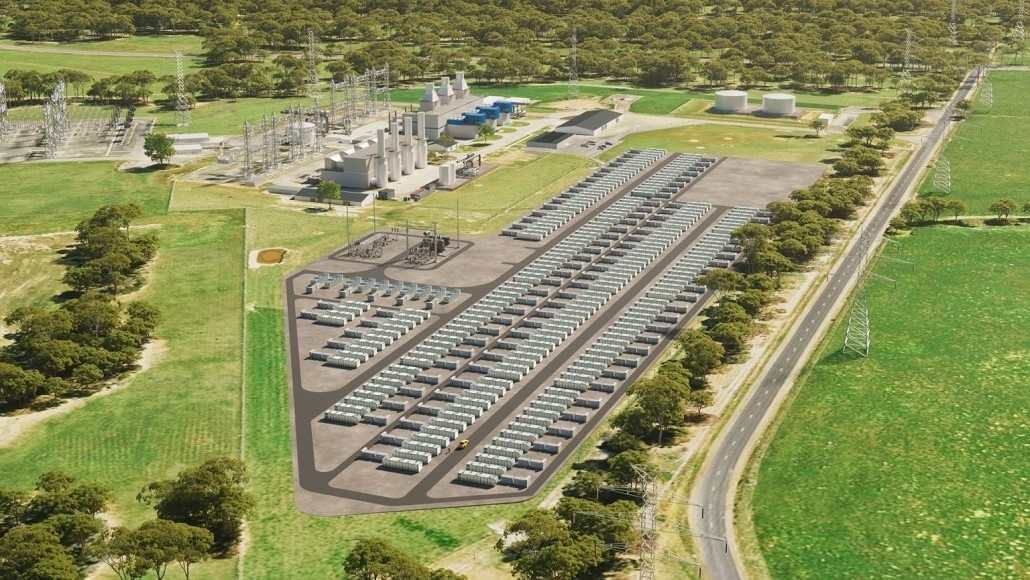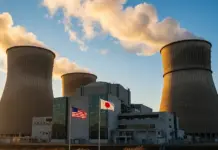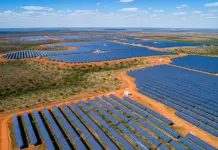In a recent move, one of the largest electric utilities from Japan has announced that it is going to decommission coal-fired power plants – two of them to be precise and refocus on the offshore wind generation in order to help meet the 2030 decarbonization targets.
Officials from J-Power have said that with a view to decommission coal-fired power plants, number one and two units at Takasago Thermal Power Station, located in western Hyogo Prefecture, are on the verge of closure by March 2029, therefore cutting the 500 MW of fossil fuel generation from the nation’s grid.
The executive vice-president, Hitoshi Kano, looks forward to the fact that this move will contribute to decreasing the carbon dioxide emissions by 46% from what they were in 2013, because the efforts in completing Oga, Katagami, and the Akita offshore wind projects located in the northern Akita Prefecture have redoubled.
He added that so as to achieve their 2030 target, they must shut the remaining thermal units, which are inefficient. But they must also maintain the supply capacity.
Kanno further went on to note that Japan must speed up the rollout in terms of renewable energy, specifically when one mentions offshore wind, so as to attain carbon neutrality along with energy security.
It is well to be noted that a 700 MW unit based at Takehara, which is in western Hiroshima Prefecture, and a 1 GW unit located in Matsuura, in southern Nagasaki Prefecture, are being considered for closure in the times to come.
A consortium that consists of J-Power, JERA, Itochu, and Tohoku Electric Power, as well as Vestas wind turbines, looks forward to starting operations in autumn 2028 on the Oga-Katagami-Akita project.


